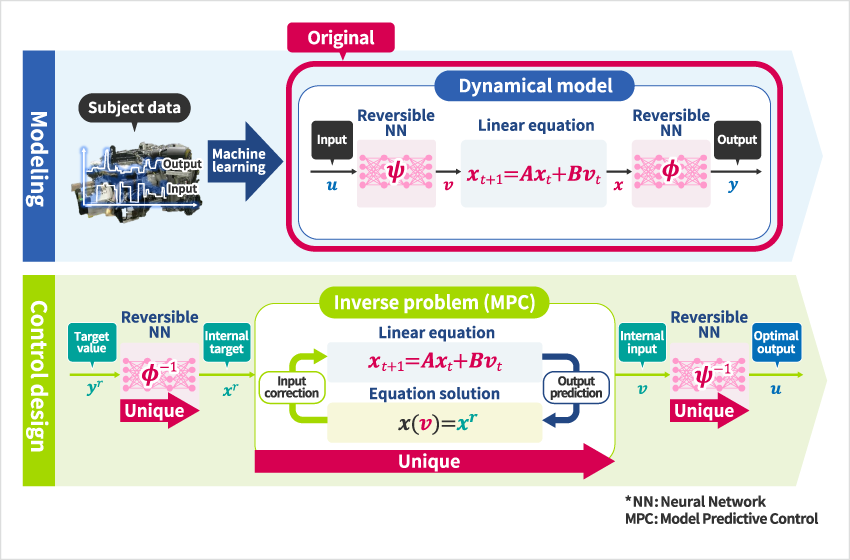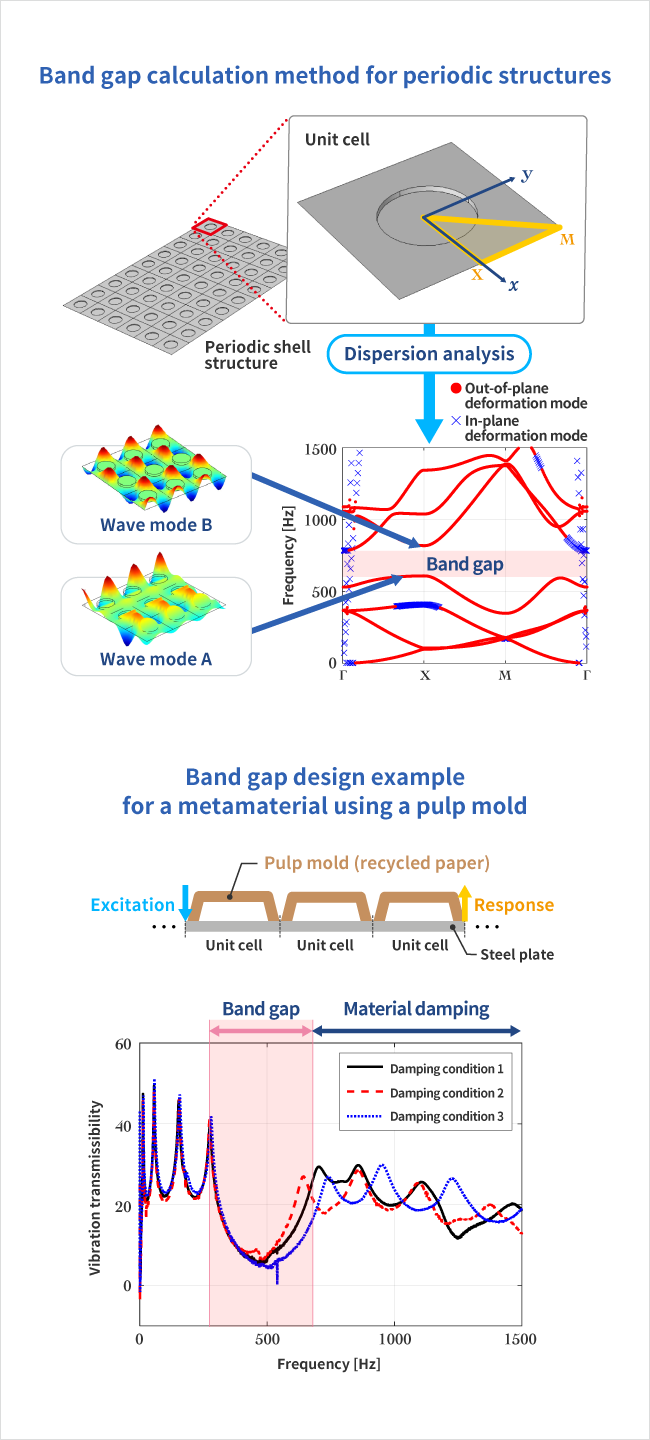Core Technologies
Thermal Engineering, Control and System Engineering, Mechanics of Materials, Design Engineering, Fluid Engineering, Mechanical Elements, Tribology, Dynamics of Machinery and Mechatronics
PROJECT

Undertaking the Challenge of Transforming Energy Systems to Achieve a Carbon-neutral Society

Realizing a Sustainable, Circular Mobility Society

Creating Forms of Manufacturing for the Next Generation

Human Centered Space Design for Well-being

Creating the Future of Mobility Leading to Next Generations

Conceiving Breakthroughs Ahead of Their Time
CORE TECHNOLOGY AREA
Thermal Engineering, Control and System Engineering, Mechanics of Materials, Design Engineering, Fluid Engineering, Mechanical Elements, Tribology, Dynamics of Machinery and Mechatronics
Improving the efficiency of system development is essential for quickly addressing rapid changes in social conditions, which is why data-driven system design methods based on machine learning are expected to serve as a means to achieve this. In order to further enhance control stability without relying on the nature of data, we proposed a method to learn the control object with a specially structured machine learning model. When using this model as a predictor, solutions to mathematical problems that require optimal control under various conditions (optimal control problems) are mathematically guaranteed to be unique and continuous. Currently, we are working to apply the method to engine control in order to achieve smooth control while improving acceleration and environmental performance.*2
*2: Jointly developed in part with Toyota Industries Corporation

Reducing machine vibration and noise contributes to comfort in mobility and a variety of other living environments, as well as to product safety. We are advancing research into new vibration-damping structures and materials that efficiently use material resources to revolutionize silence, and into their design theories. For example, by deriving equations for the propagation characteristics of elastic waves inside shell architectures with periodic structures, we enabled the design of bandgap periodic structures that do not propagate vibration in specific frequency bands. We applied this method to design a metamaterial structure using a pulp mold*3, and combined the metamaterial bandgap effect with material damping to achieve a vibration-damping component that significantly reduces vehicle vibration and noise over a wider frequency range than before.
*3: Jointly developed with TOYOTA AUTO BODY CO., LTD.


The Outstanding Technical Paper Awards (71th) – Society of Automotive Engineers of Japan –

Outstanding Technical Paper Awards (69th) – Society of Automotive Engineers of Japan –

Outstanding Technical Paper Award (68th) – Society of Automotive Engineers of Japan –

2017th JSME Medal for Outstanding Paper – The Japan Society of Mechanical Engineers –

Outstanding Technical Paper Award (67th) – Society of Automotive Engineers of Japan –

Outstanding Technical Paper Award (67th) – Society of Automotive Engineers of Japan –

Outstanding Technical Paper Award (66th) – Society of Automotive Engineers of Japan –

2015th JSME Medal for Outstanding Paper – The Japan Society of Mechanical Engineers –

Outstanding Technical Paper Award (65th) – Society of Automotive Engineers of Japan –

2014th JSME Medal for Outstanding Paper – The Japan Sociey of Mechanical Engineers –

Outstanding Technical Paper Award (64th) – Society of Automotive Engineers of Japan –

Outstanding Technical Paper Award (63rd) – Society of Automotive Engineers of Japan –
PROJECT 1
Undertaking the Challenge of Transforming Energy Systems to Achieve a Carbon-neutral Society
PROJECT 2
Realizing a Sustainable, Circular Mobility Society
PROJECT 3
Creating Forms of Manufacturing for the Next Generation
PROJECT 4
Human Centered Space Design for Well-being
PROJECT 5
Creating the Future of Mobility Leading to Next Generations
PROJECT 6
Conceiving Breakthroughs Ahead of Their Time